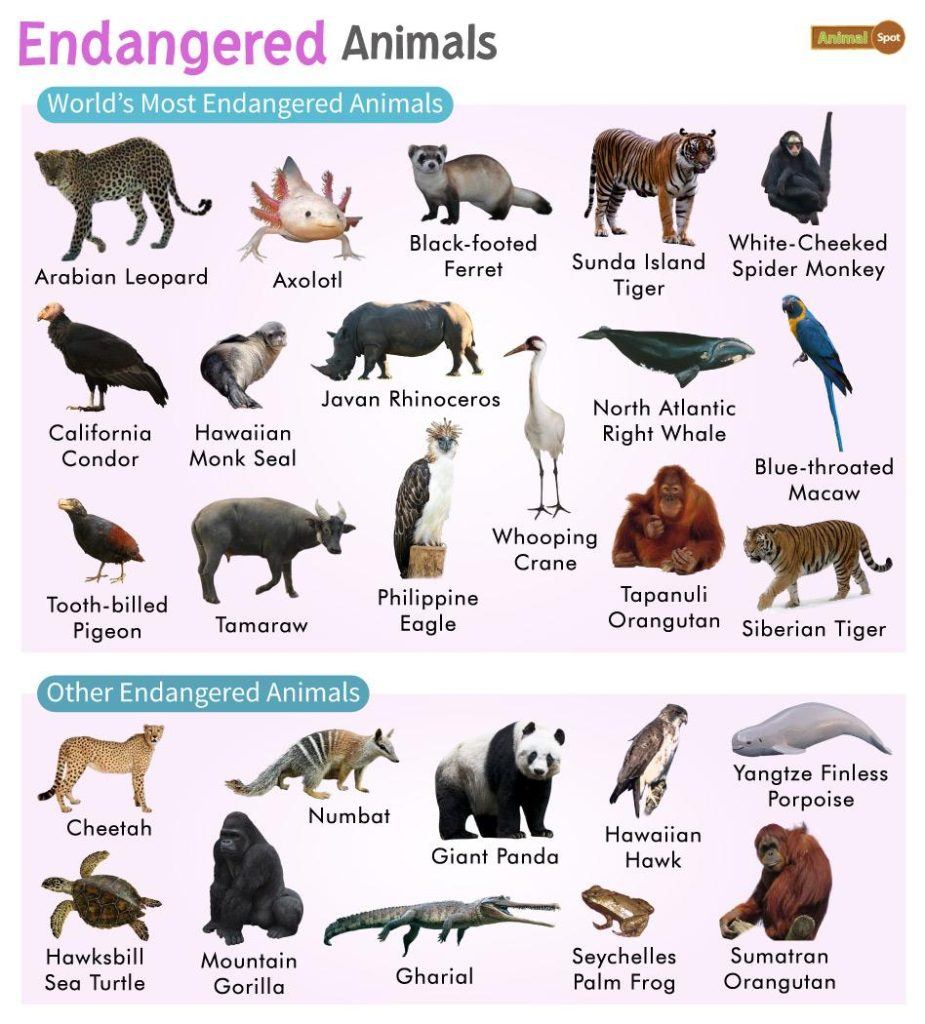
by Bill Schlesinger
In the matter of the proposed revision of the Endangered Species Act, we should strongly oppose the removal of the word “harm” from the list of prohibited actions against threatened and endangered species. As written, the Act prohibits actions that “harass, harm, pursue, hunt, shoot, wound, kill, trap, capture and collect” threatened and endangered organisms. Most often these actions are direct and purposeful actions by humans. In contrast, “harm” is generally an inadvertent action, such as destroying habitat, that lessens the probability of survival.
Here are three examples where the removal of “harm” from this list would be problematic. The first concerns our national bird, the Bald Eagle, driven to near extinction by the use of DDT as a pesticide. No one used DDT to kill Bald Eagles, but the inadvertent impact of DDT resulted in nest failure for eagles. Now that DDT is banned, Bald Eagles have flourished and have been removed from the endangered list. DDT degraded the habitat of bald eagles causing harm.
The second concerns the North Atlantic Right Whale, which is currently under severe decline due to entanglement in the lines of lobster fishermen. Again, no one puts fishing lines in coastal waters to trap Right Whales; rather, they are catching lobster. But, inadvertently, the entanglement of whales in fishing lines threatens the survival of this species. Without “harm” on the list of prohibited activities, the Right Whale would be exempt from protection under the Endangered Species Act.
The third concerns sessile species, including the most endangered plants. Tiehm’s buckwheat, a rare and endangered species in the Nevada desert, is threatened by the destruction of a large portion of its current range by a proposed lithium mine. In theory, a bulldozer killing a buckwheat plant might fall under the jurisdiction of the Endangered Species Act, but in reality, the mining activity leads to generalized “harm” to the persistence of this species by destroying its habitat.
I assume that nearly everyone would like to see the maximum amount of biological diversity in nature persist for future generations. I present these cases only as examples. Prohibiting actions that cause inadvertent harm to the reproduction of species, such as the bald eagle, the North Atlantic right whale, and Tiehm’s buckwheat is consistent with the highest and best performance of the Endangered Species Act, which should not be amended to eliminate “harm” to the species in question. When it comes to endangered species, habitat is everything.